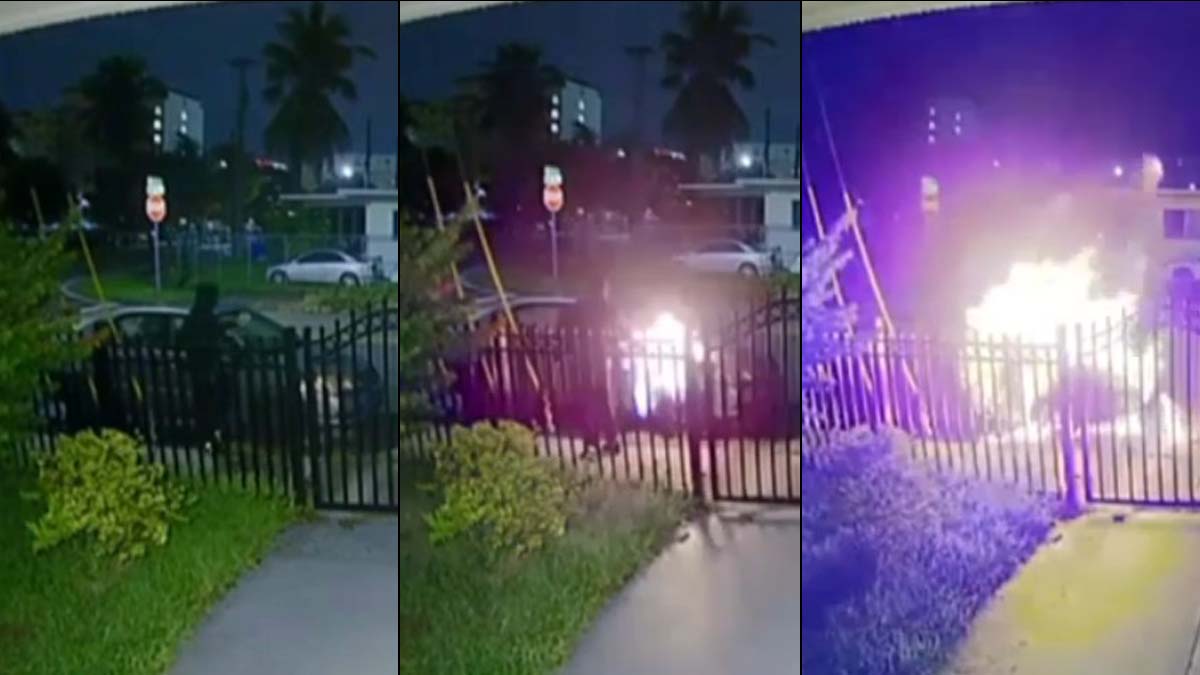Jorge Pérez Can Build on Ancient Indigenous Site, Miami Board Rules

MIAMI — On November 7, Miami’s Historic and Environmental Preservation Board (HEPB) unanimously voted to designate part of an ancient Indigenous site belonging to the Tequesta civilization as a protected historical landmark. But this is far from a victory for preservationists and Indigenous advocates. In an unexpected turn of events, the decision to protect one portion of the site may have little effect on developer Related Group’s plans to continue building luxury Baccarat Residences high-rises over it at 77 SE 5th Street and Brickell 444.
The approximately 100 archaeologists excavating the area for the past two years continue to unearth tools and ornaments made from animal bones and shells, cultural objects, and artifacts pointing to a thriving trade network. The dug-up findings are housed inside the yet-to-be-demolished 13-story office building at Brickell 444, as confirmed to Hyperallergic by Sara Ayers-Rigby of the Florida Public Archaeology Network. Where these ancient relics will go once the building is demolished remains uncertain.
“It takes years for tribes to get their artifacts back,” Robert Rosa, representing the American Indian Movement of Florida, said at last week’s HEPB meeting. Independent archaeologists have argued that some of the artifacts could be 7,000 years old, though they cannot yet date them with certainty.
Founded by Jorge Pérez, namesake of the Pérez Art Museum Miami, Related Group is one of South Florida’s largest developers, responsible for most of Miami’s luxury condominiums. During the public HEPB meeting, Related’s attorney Iris Escarra of Greenberg Traurig revealed to the board that the city had already granted zoning and site-plan approvals to the developer in 2013, before the site was flagged as an archaeological zone.
Escarra argued that because the approval predates the board’s designation of the site, preservation officials cannot have a say over what is built unless the project changes significantly.
“So the designation as an archaeological site means nothing, as the developer can still do what they want,” Traci Arden, a professor of Anthropology at the University of Miami, told Hyperallergic. “It does allow for a process that might provide a little more oversight, but nothing is binding, so it’s very discouraging that the city would have given them a permit, and discouraging that the board didn’t push back.”
Preservationists lost the battle to protect one part of the site in April after the board compromised with developers to drop the historical landmark designation of the 77 SE 5th Street portion as long as the process to designate Brickell 444 could move forward. HEPB also asked that the developer propose a concrete plan for the future display of the archaeological findings, to be reviewed by the board, and engage the Indigenous community in any decision-making during this process.
Escarra said at the meeting that the plan for the artifacts’ display will only come once the entire site is dug up, which might take months and is “dependent on what we find.” She asserted that this is a positive step, adding that it’s up to the public to trust that Related will implement an appealing action plan to protect and display a portion of the site. However, so far, there hasn’t been evidence of Related consulting directly with the community.
Activists and representatives of Indigenous tribes expressed their disappointment and skepticism toward Related’s promise to preserve a part of Miami’s Indigenous history.
“It saddens me that I must keep coming back to speak before you, and I keep wondering when you will become human beings,” Miccosukee Tribe leader and Everglades advocate Betty Osceola said at the meeting, stressing that her community’s voices have been left out of the conversation. “We keep asking you to leave our resting ancestors and our artifacts in the ground. This is a sacred area, and you might not see it because it ain’t your people, but this plan is not enough.”

Osceola, along with other advocacy groups such as Love the Everglades Movement and the Eco Preservation Project, have been working for years to educate people on Miami’s Indigenous history and how climate change and human intervention affect their ancestral lands in the Everglades.
Even though archaeologists are still excavating the site, invitations to the ceremonial groundbreaking party for one of the Baccarat buildings were sent out to clients last week, as reported by the Miami Herald and independently confirmed by Hyperallergic.
“Pérez does a lot for the community of Miami when it suits his agenda,” Arden said, referring to the Jorge M. Pérez Family Foundation having recently granted $5 million to arts organizations around the city. On Saturday, November 11, Pérez announced a $25 million donation to the Pérez Art Museum.
“But it’s time to call him out on how it’s at the expense of Miami’s cultural heritage and diversity,” Arden continued. “The Indigenous population isn’t being served.”


